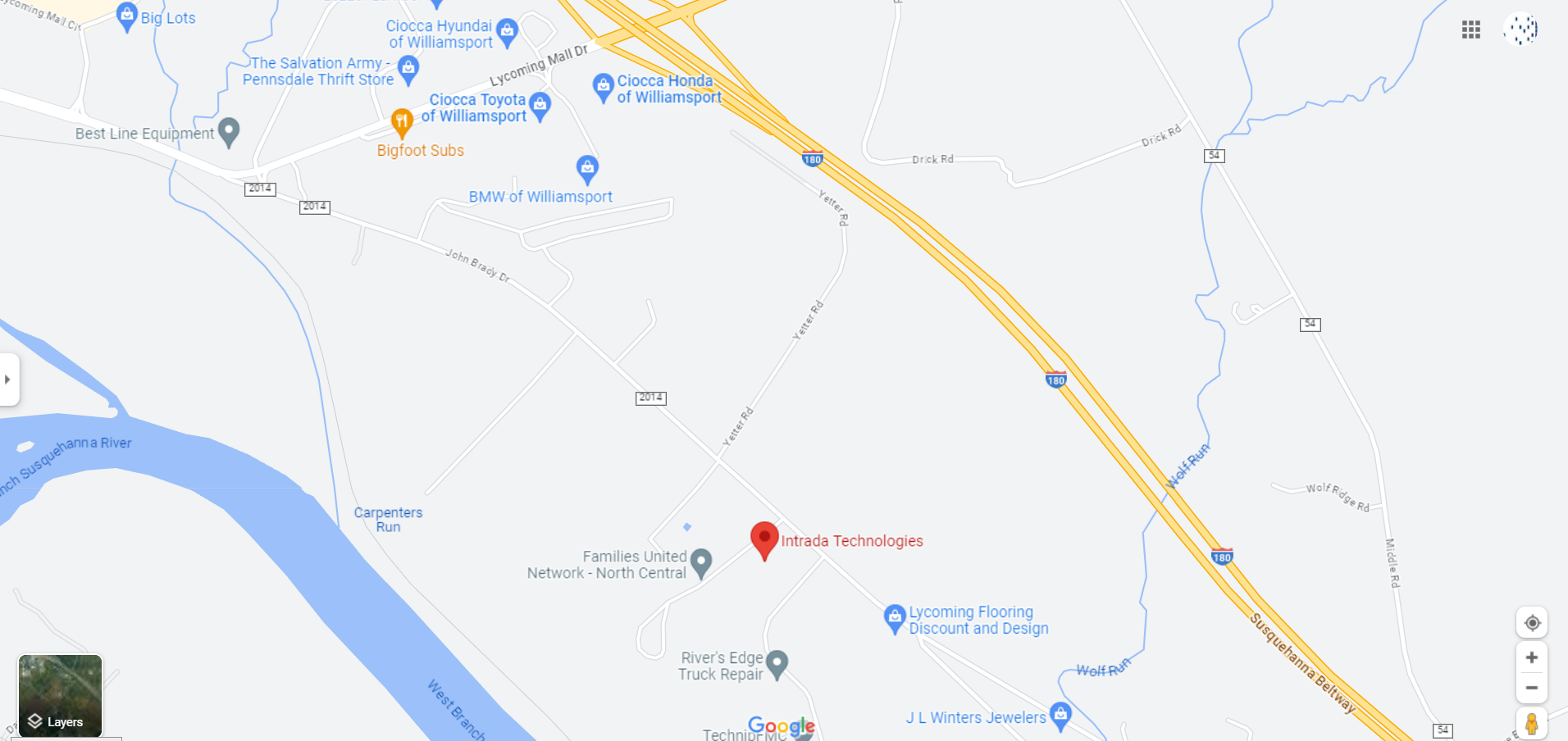Knowledge Base
Rev Up Your Website's Visibility with These 10 SEO Strategies
OVERVIEWStanding out can be a challenge for small businesses. That's where effective SEO (Search Engine Optimization) comes into play. Picture this, SEO as your website's personal trainer, helping it perform better and appear more appealing to search engines like Google. This article was created for small business owners who want to take their online presence to the next level without breaking the bank. You'll discover practical strategies that are easy to implement yet powerful enough to impact your website’s performance significantly. |
Understanding SEO – What Does it Mean?
Search Engine Optimization, commonly known as SEO, enhances your website to ensure it ranks higher in search engine results. Think of it as tailoring your online content to match what potential customers are searching for. SEO involves technical enhancements and creative elements to increase the quality and quantity of visits to your site.
The Business-Boosting Power of SEO
SEO is not just about tweaking your website to please search engines; it's about providing value to your customers. By improving your SEO, you’re enhancing the user experience, which can drive more traffic to your site. This can lead to higher conversion rates as visitors find what they’re looking for more easily.
The benefits of SEO extend beyond improving your site’s visibility. It helps build trust with your audience. When your site appears at the top of search results, users naturally assume it’s a credible source. Thus, investing in SEO can also enhance your brand's reputation.
For small business owners, effective SEO can lead to more customers, increased sales, and, ultimately, greater business growth. It's a powerful tool that, when used wisely, can significantly boost your bottom line.
Kickstart Your SEO with These 10 Proven Strategies
Strategy 1: Keyword Research
 |
Keywords are one of the most, if not the most, important parts of any SEO strategy. They connect your content with what potential customers are searching for. Where to begin? You can start by identifying the relevant keywords your target audience may be using. Once you have a list of keywords, incorporate them into your website’s content. Use them naturally throughout the text, including in headings and subheadings. Your overall goal is to match your content with the intent of your audience.
Strategy 2: Optimize Meta Tags
Meta tags are little snippets of text that describe a page's content; they don’t appear on the page itself but in the page's code. Optimizing your meta tags can improve your visibility on search engine results pages (SERPs).
Start by crafting compelling meta titles and descriptions for each page. Include your target keywords, but make sure the text reads naturally and entices users to click. Keep titles under 60 characters and descriptions under 160 to ensure they display properly in search results.
Strategy 3: Improve Page Load Speed
Page load speed is the best-kept secret in SEO, well not really. Who likes a slow website? If your website takes a long time to load, users like me will leave before it finishes loading. This can increase your bounce rate and negatively affect your ranking.
Compress images, enable browser caching, and reduce unnecessary plugins or scripts to enhance load speed. Use tools like Google PageSpeed Insights to identify areas for improvement.
Strategy 4: Leverage Internal Linking
Internal links are hyperlinks that point to other pages on your website. They help search engines understand the structure of your site and establish a hierarchy. Internal linking can improve how easily a search engine crawls your site and the authority of individual pages.
To start, create a content map that outlines how your pages relate to each other. Then, strategically place internal links throughout your site, ensuring they’re contextually relevant. Use descriptive anchor text to provide more information to both users and search engines.
By guiding visitors through your site with internal links, you can enhance their experience and encourage them to explore more of what you offer.
Strategy 5: Create High-Quality Content
I have said it before and will repeat it - content is king. High-quality content attracts visitors, keeps them engaged, and encourages them to share your site with others. It also helps establish you as an authority in your industry.
Your goal is to focus on content that answers your client or audience’s questions, while also providing value. This could include blog posts, how-to guides, videos, or infographics.
Strategy 6: Remove or Refresh Old Content
Refreshing or removing old website content is very effective SEO because search engines prioritize delivering users the most relevant and up-to-date information. Outdated content can lead to higher bounce rates or, as Google now calls them, engagement rates (as visitors may need help finding the information they're seeking, resulting in decreased credibility for the website). Most search engine algorithms are created to favor and prioritize new content, which means updating your website can improve its rankings.
Strategy 7: Backlink Building
Backlinks are links from other websites that point to your site. They’re a pretty important part of SEO, as they signal to search engines that your content is credible and authoritative. Start by requesting backlinks from industry blogs, online publications, or partners. Offer to write guest posts or collaborate on content that includes links to your site.
Make sure the sites linking to you are reputable and relevant to your industry. Quality matters more than quantity when it comes to backlinks.
Strategy 8: Monitor Your Analytics
Analytics tools like Google Analytics provide you with a look inside how visitors directly interact with your website. Monitoring these numbers can help you understand which SEO strategies are working and those that aren’t. This will help you plan your next quarter’s SEO strategy.
Strategy 9: Optimize for Mobile
According to a recent study, 95.8% of us access the internet with our mobile devices. With numbers this high, the look and function of your website are important not only on desktops and laptops but also on smartphones and tablets. Test your site on various devices to make sure you are viewing a seamless experience for all users. Google strongly favors mobile-friendly sites, so optimizing for mobile can improve your search rankings and reach a wider audience.
Strategy 10: Engage in Social Media
While social media may not directly impact your SEO, it can easily drive traffic to your site and increase brand awareness. Engaging with your audience on platforms like Facebook, Twitter, LinkedIn, and Instagram can enhance your online presence.
Share content from your website on your social accounts consistently. Engage with your page’s followers by commenting or messaging. Building a strong presence on social media can increase your site’s visibility, which, in turn, can drive more traffic to your website.
Building a strong social media presence can complement your SEO efforts by increasing your site's visibility and driving more traffic.
How Intrada Technologies Can Assist You on Your SEO Journey
SEO is a powerful tool to transform your small business’s online presence. By implementing some, if not all, of the proven strategies mentioned above, you can enhance your website’s visibility, attract more clients, and boost your bottom line. And please remember—SEO is not a one-time task but an ongoing process that requires regular attention and adjustment.
Navigating the SEO world can be overwhelming, especially for small business owners who wear many hats. That’s where Intrada Technologies comes in. Our team of experts can help you implement these proven strategies. With our tailored SEO services, you can focus on what you do best—running your business—while we handle the details of SEO. From keyword research to content creation and backlink building, we can help.
Contact us today to learn how we can help elevate your SEO game and drive more traffic to your website. With Intrada Technologies by your side, achieving SEO success has never been easier.
|
Contact Information: |
Hours of Operation: |
OUR FOCUS
Intrada Technologies is a full-service web development and network management company with a focus on creating ongoing, trusted partnerships with each of our clients.
We make sure our clients have what they require to run their businesses with maximum efficiency and reliability, as many of their needs are mission-critical.
Our unique, collaborative partnerships allow us to provide our clients with the assurance that we will be there when they need us.

